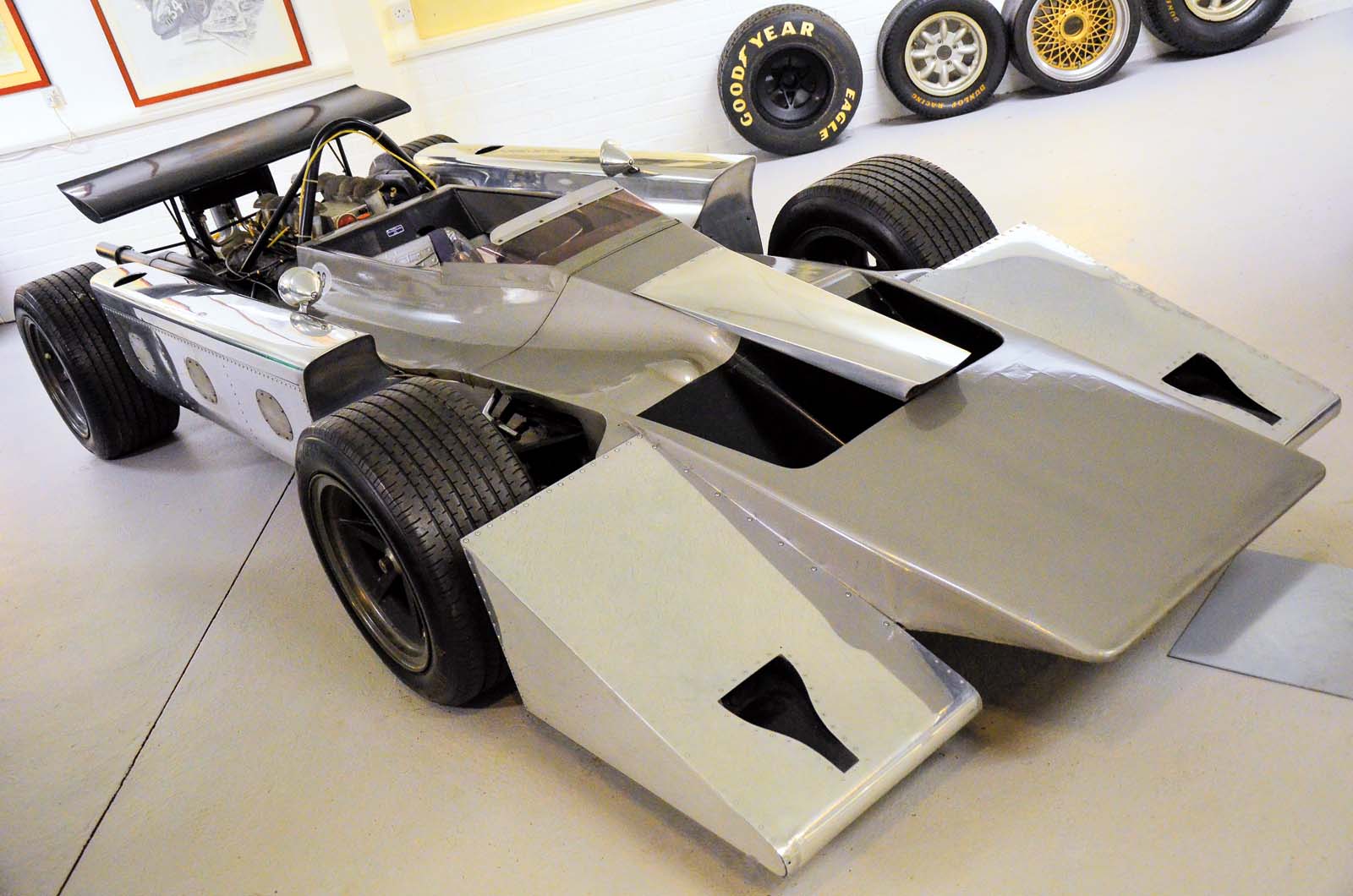Low Pressure Chemical Vapor Deposited Perovskite Enables all Vacuum‐Processed Monolithic Perovskite‐Silicon Tandem Solar Cells
Advanced Energy Materials, EarlyView.

Monolithic perovskite-silicon tandem solar cells solar cells are fabricated by all vacuum deposition processes. Particularly, the perovskite formation and crystal growth process during the chemical vapor deposition are studied and disclosed.
Abstract
Low-pressure chemical vapor deposition (CVD) is a promising technique for metal halide perovskite photovoltaics fabrication due to its low manufacturing cost, conformal coverage, and high scalability for industry-scale fabrication. However, the lack of knowledge of the reaction kinetics makes the solar cell performance lag behind its solution-processed counterpart. Herein, the perovskite formation and crystal growth process in the CVD process are studied by unraveling the mechanism of ion diffusion via tracking the vapor–solid reaction with various semi-in-situ characterizations. It is found that Cs+ can migrate along the perovskite lattice and uniformly distribute in the vertical direction of the final perovskite film even changing the deposition order of CsBr and PbI2 in the solid source, whereas this order can significantly affect the growth kinetics and the bandgap of the perovskite. Depositing CsBr before PbI2 results in a faster conversion of inorganic precursors to perovskite phase, yielding a wider bandgap perovskite. Finally, we fabricated semi-transparent perovskite cells using all-vapor deposition process, which showed a champion efficiency of 18.7% and it retained ≈94% of its initial performance after 200 h of continuous operation. Moreover, using this all-vapor deposition process, we achieved a champion efficiency of 26.9% for monolithic perovskite-silicon tandem solar cells.







































































































































































